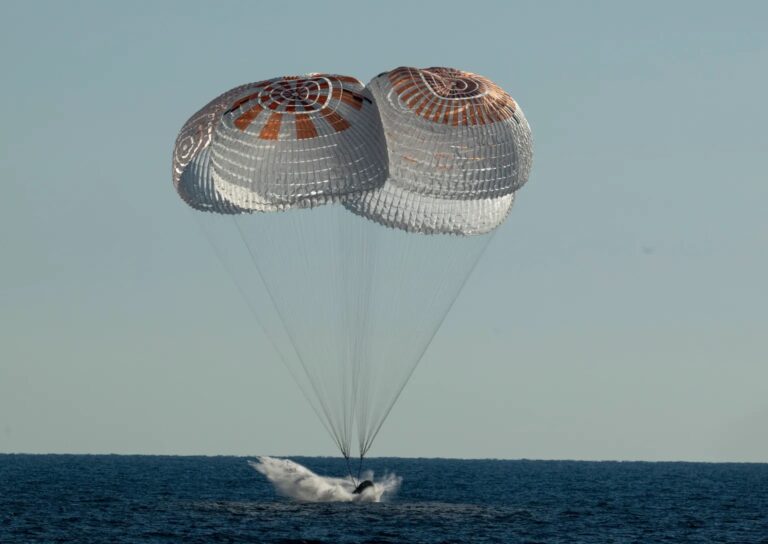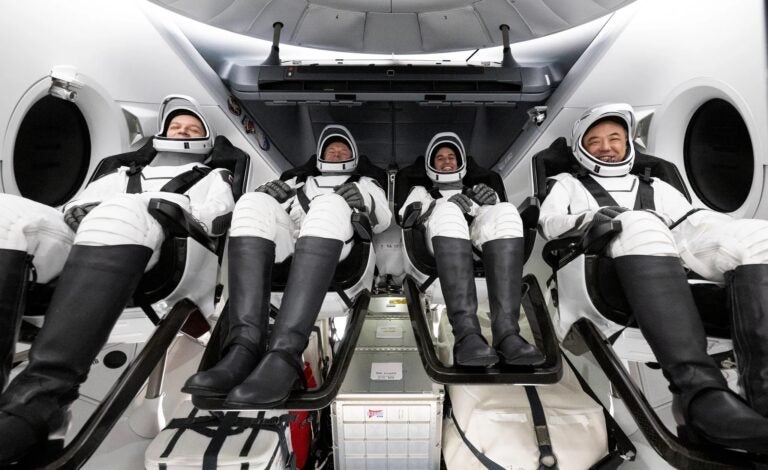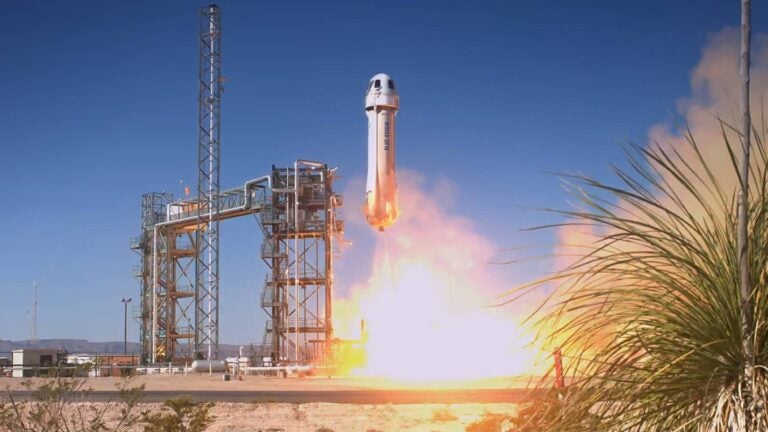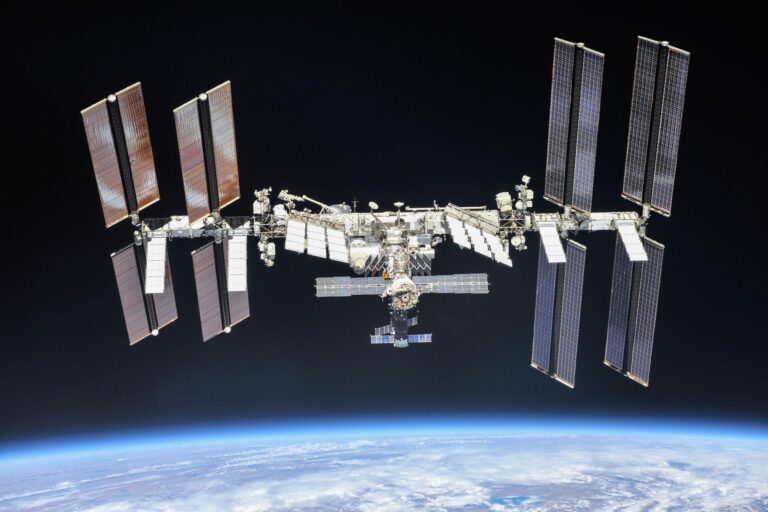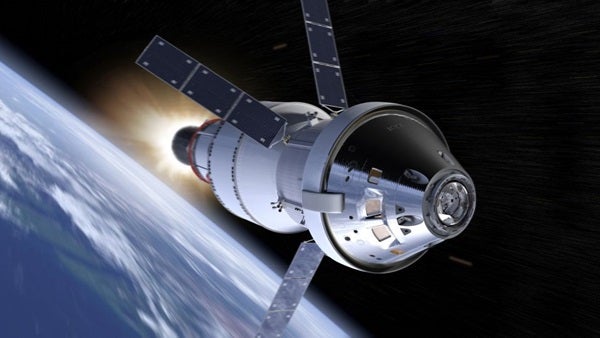
With the success of NASA’s uncrewed Artemis 1 lunar-orbital mission late last year, and with preparations already underway for a crewed Moon landing during Artemis 3 in 2025, the next major step in the Artemis program is set to occur next year: the Artemis 2 lunar flyby, which will send a four-person crew on a 10-day trip around the Moon, is scheduled for November 2024.
This week, NASA and the Canadian Space Agency announced the four Artemis 2 astronauts who will spearhead humanity’s first trip to the Moon in more than 50 years. The Artemis 2 crew members are:
Commander Reid Wiseman — A former chief of NASA’s Astronaut Office, Wiseman will be making his second flight to space. He was on Expedition 41 to the International Space Station (ISS) in 2014.
Pilot Victor Glover — The pilot of the first operational SpaceX Crew Dragon flight to the ISS in 2020, Glover also served as flight engineer for Expedition 64.
Mission Specialist Christina Koch — Spending 328 days aboard the ISS, Koch currently holds the record for longest single spaceflight by a woman.
Mission Specialist Jeremy Hansen — A former fighter pilot and Canadian Space Agency (CSA) astronaut who has led astronaut training for the CSA and NASA for several years, Hansen will be embarking on his first spaceflight.

But before Artemis 2 launches, there’s a lot to accomplish.
Artemis 2: Preparing for humanity’s return to the Moon
Artemis 1 worked pretty much to spec, though the Orion spacecraft’s heat shield ablated differently from predictions, and engineers are still studying the phenomenon. The first launch of the Space Launch System (SLS) — the world’s most powerful rocket — also damaged the launchpad, requiring modifications to blast shields, instrumentation, and more. And there were a few capsule power switches that operated without command.
But nothing is currently preventing the Artemis 2 mission from pushing forward.
Avionics used during Artemis 1 have already been rehabbed for use in Artemis 2. The Orion capsule’s heat shield will be mated to the craft in May 2023. Then the European Space Agency service module will be linked to the Orion module.
The mobile launcher for Artemis 2 will be tested this summer, along with emergency crew egress procedures. The SLS core stage is nearly finished, and its four RS-25 engines will be installed soon. The SLS core stage and boosters will arrive at the Kennedy Space Center later in 2023.
Meanwhile, NASA and Navy personnel will continue prepping for an Artemis 2 splashdown that involves humans, not just sensor-laden mannequins.
The Artemis crew will begin their training in June 2023.
Artemis 2 mission profile: A trip to the Moon
Artemis 2 is currently slated to launch in November 2024. However, there’s always a chance that issues crop up that force delays.
After Artemis 2 launches and before the crew sets course for the Moon, the crew will spend a day or so carrying out systems checks in Earth orbit. During this stage, the crew will also test their ability to rendezvous with the SLS’s Interim Cryogenic Propulsion Stage, which will serve as valuable practice for future docking maneuvers needed in later Artemis missions. The spacecraft’s orbit around Earth will be highly elliptical, ranging in altitude from about 115 miles (185 kilometers) to 46,000 miles (74,000 km) above Earth’s surface.
Once they receive approval to set course for the Moon, the four members of the Artemis 2 crew will embark on humanity’s first trip to the Moon’s neighborhood since 1972.
Artemis 2 will not land on or orbit the Moon, but will instead use several lunar-destination burns and course corrections to achieve a so-called free-return trajectory. This approach will bring the craft to within about 6,400 miles (10,000 km) of the Moon’s farside — and allow it to return to Earth even if the craft experiences an engine failure. The free-return trajectory will form a figure-eight around Earth and the Moon, and the Artemis 2 mission is expected to last about 10 days.
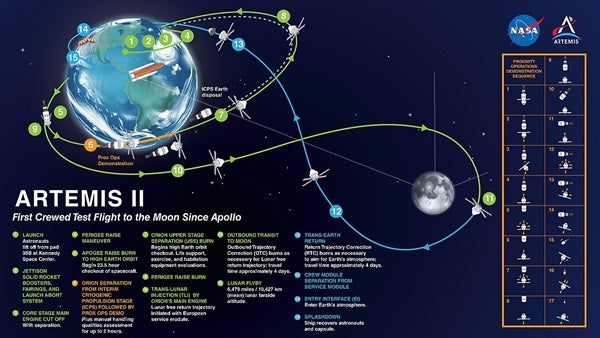
During Artemis 2, just one of the systems that the astronauts will test is a new, high-definition optical communication suite that uses lasers to send data and videos to Earth. And throughout the entire mission, the crew intends to test all systems and subsystems over a variety of different conditions.
NASA has not yet announced specific objectives for lunar science.
Artemis 3 mission profile
While Artemis 2 is the immediate focus, planning and preparing for the Artemis 3 crewed landing, which will likely take place in the Moon’s South Pole region, also moves forward.
Set for 2025 — at least for now — Artemis 3 aims to land the first woman and the first person of color on the Moon by utilizing SpaceX’s giant Starship launch vehicle as a human landing system. Starship is the only lunar lander NASA has selected so far.
The plan for Artemis 3 is that the Orion crew capsule will take the astronauts to the Moon, while an uncrewed Starship launches to Earth orbit, refuels at an orbiting depot, then heads to the Moon. The Artemis 3 crew will then transfer from Orion to Starship, land on and explore the lunar surface, and return to Orion via Starship for the flight home.
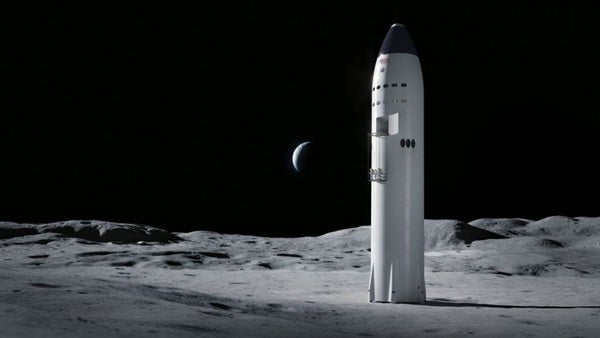
NASA has announced candidate landing sites for Artemis 3 in the Moon’s South Pole region, and working groups are meeting now to discuss the relative merits of each potential site.
Axiom Space also recently revealed its new lunar space suits — an improvement over the bulky Apollo Moon-walking suits. Beyond improved flexibility and insulation, the so-called Axiom Extravehicular Mobility Units (or AxEMUs) include a few other innovations, such as a rear-entry hatch that allows the astronaut to put on their own suit without help, and bigger helmets equipped with a camera and lights.
The Artemis program presses forward
Despite some bumps in the road, the Artemis program is seemingly steaming ahead.
Additional Artemis developments include the naming of Amit Kshatriya as the first head of the new Moon to Mars Program Office at NASA Headquarters. The office, NASA said in a release, will concentrate “on hardware development, mission integration, and risk management functions…” for Orion, SLS, the lunar lander and more, as well planning for Gateway and future missions to Mars.
All this presumes continued bipartisan support, which Artemis has so-far enjoyed. The Biden administration has asked for increases to NASA’s budget. However, NASA Administrator Bill Nelson recently wrote to the top Democrat on the House Appropriations Committee warning of dire consequences for NASA and its lunar plans if House Republicans on the committee succeed in capping NASA’s budget, along with the entire Federal discretionary budget, at Fiscal Year 2022 levels.
Nelson said such a cap “would have devastating and potentially unrecoverable impacts, upon the objectives that the President and Congress have set for NASA, and weaken our Nation’s position as global leader in exploration, science, technology innovation, and discovery.” He stressed that “NASA’s missions transcend partisan politics.”





